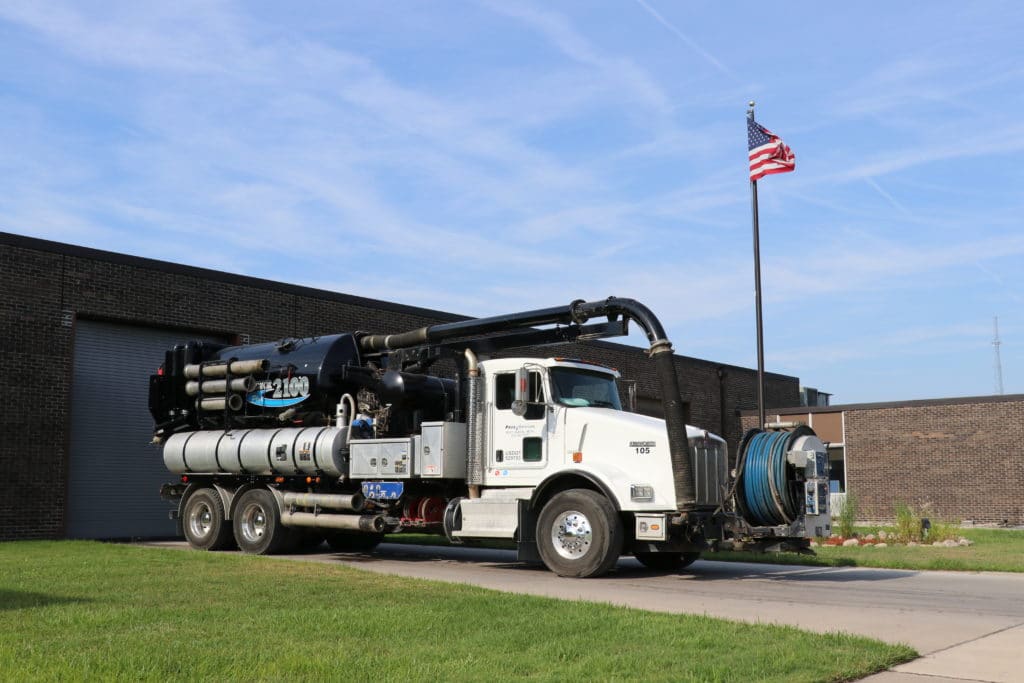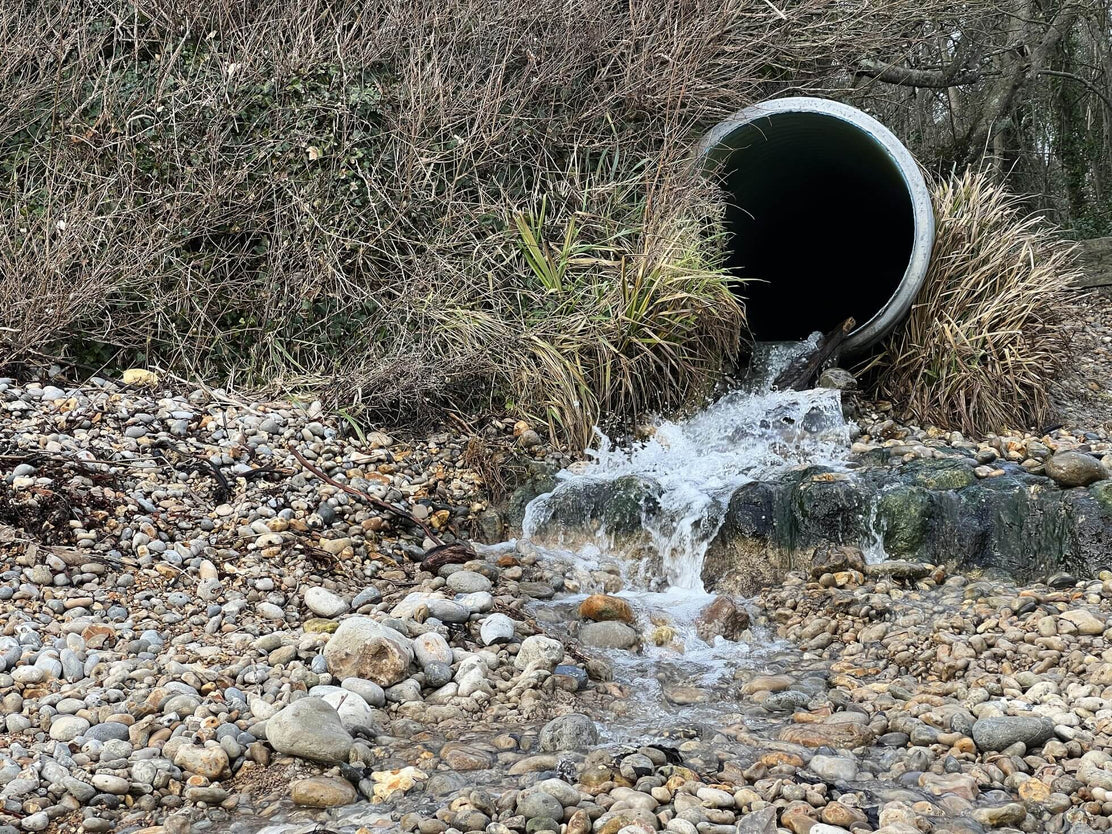Specialist Liquid Waste Removal Melbourne: Quick and Budget Friendly Solutions
Specialist Liquid Waste Removal Melbourne: Quick and Budget Friendly Solutions
Blog Article
How Fluid Waste Disposal Works: An In-depth Summary of Strategies and Technologies Employed

Introduction of Liquid Waste Types
The complexity of liquid waste types demands a detailed understanding of their attributes and implications for disposal. Fluid waste can extensively be categorized right into several types, consisting of commercial, municipal, farming, and contaminated materials. Each classification shows unique homes, needing particular administration approaches to alleviate ecological and health and wellness dangers.
Industrial fluid waste stems from making procedures and commonly includes an array of contaminants, such as heavy metals, solvents, and natural compounds. Local fluid waste, largely making up wastewater from households and industrial establishments, consists of raw material, nutrients, and microorganisms (industrial wastewater treatment). Agricultural liquid waste, consisting of overflow from ranches, might include fertilizers, chemicals, and animal waste, posturing dangers to water top quality and communities
Dangerous fluid waste is identified by its toxicity, reactivity, or prospective to create damage. This classification includes substances like acids, bases, and certain chemicals that require strict handling and disposal methods. Comprehending these diverse liquid waste kinds is essential for developing efficient disposal approaches and ensuring conformity with ecological guidelines. Proper category and characterization are essential for applying suitable treatment methods and decreasing the adverse impacts on public wellness and the environment.
Physical Treatment Methods

Testing is the preliminary step, where larger bits and debris are gotten rid of from the liquid waste using displays or grates. In sedimentation storage tanks, heavier fragments clear up at the base, developing a sludge layer, while the made clear fluid can be more treated.
Filtration is an additional important method that involves passing the liquid via porous materials, such as sand or membrane layers, to catch smaller particles. This action improves the quality of the fluid, making it appropriate for subsequent therapy processes.

Chemical Treatment Strategies
Chemical treatment strategies are vital for efficiently handling fluid waste, specifically in resolving dissolved and colloidal contaminants that physical methods may not adequately eliminate. These strategies use numerous chemical agents to counteract, precipitate, or transform hazardous materials into less unsafe forms.
One typical approach is coagulation and flocculation, where chemicals such as alum or ferric chloride are added to advertise the aggregation of suspended bits. This procedure enhances sedimentation, permitting simpler removal of the resulting sludge. In addition, oxidation procedures, employing agents like chlorine or ozone, are utilized to damage down intricate organic substances and pathogens, making the waste more secure for discharge or further therapy.
Neutralization is one more critical method, which adjusts the pH of acidic or alkaline waste streams to neutral degrees, use this link preventing potential damage to downstream systems and the atmosphere. Moreover, progressed oxidation processes (AOPs) use combinations of oxidants and ultraviolet light to break down relentless toxins, attaining a higher level of treatment performance.
Organic Treatment Processes
Biological treatment processes play a crucial function in the administration of fluid waste by making use of microbes to decompose raw material and reduce contaminant degrees. These procedures can be broadly categorized into aerobic and anaerobic treatments, each using certain microbial areas to attain efficient waste deterioration.
Cardiovascular treatment includes the usage of oxygen to help with the break down of organic products by germs. This process is commonly implemented in turned on sludge systems, where oygenation storage tanks offer a conducive atmosphere for microbial growth, leading to the oxidation of natural contaminants. The resultant biomass can be separated from dealt with effluent with sedimentation.
On the other hand, anaerobic treatment takes place in the absence of oxygen, counting on various germs to damage down raw material. This approach is especially advantageous for high-strength waste, as it creates biogas, a sustainable power resource, while reducing sludge manufacturing. Technologies such as anaerobic digesters are often used in local and industrial applications.
Both anaerobic and aerobic organic treatments not just lessen the environmental impact of fluid waste but additionally help with source recovery, making them important parts of sustainable waste administration strategies. Their efficiency, find more efficiency, and adaptability sustain their prevalent implementation across different fields.
Emerging Technologies in Disposal
Cutting-edge methods to liquid waste disposal are quickly advancing, driven by developments in modern technology and an enhancing emphasis on sustainability. Among these arising modern technologies, membrane layer bioreactors (MBRs) have obtained grip for their capability to incorporate organic therapy with membrane layer filtration, resulting in high-grade effluent that can be reused in various applications. MBRs allow smaller impacts and a lot more reliable operations compared to traditional systems.
An additional appealing advancement is the use of anaerobic digestion integrated with nutrient recuperation technologies, which not only treats fluid waste but likewise creates biogas and recuperates important nutrients like nitrogen and phosphorus. This dual advantage boosts resource efficiency and reduces environmental influence.
In addition, progressed oxidation procedures (AOPs) are being taken on for the degradation of intricate natural contaminants. These techniques utilize powerful oxidants and catalysts to damage down impurities at the molecular degree, providing a highly effective service for challenging go now waste streams.
Additionally, the combination of artificial knowledge and artificial intelligence in waste administration systems is enhancing operational performance and anticipating maintenance, bring about minimized expenses and improved ecological compliance. These technologies mirror a considerable shift towards more effective and lasting liquid garbage disposal methods.
Conclusion
In conclusion, effective fluid waste disposal requires a comprehensive understanding of different strategies and modern technologies. By continuously advancing these techniques, it comes to be possible to deal with the growing difficulties linked with fluid waste, ultimately adding to ecological protection and resource recovery.
Liquid waste disposal is an essential aspect of environmental administration, calling for a comprehensive understanding of various techniques and technologies tailored to different waste types. Liquid waste can extensively be categorized into a number of types, consisting of industrial, municipal, agricultural, and hazardous waste. Agricultural liquid waste, including drainage from farms, might contain plant foods, chemicals, and pet waste, presenting threats to water quality and environments.
Various physical treatment approaches play a crucial duty in managing fluid waste successfully - industrial wastewater treatment.In verdict, reliable fluid waste disposal requires an extensive understanding of various strategies and technologies
Report this page